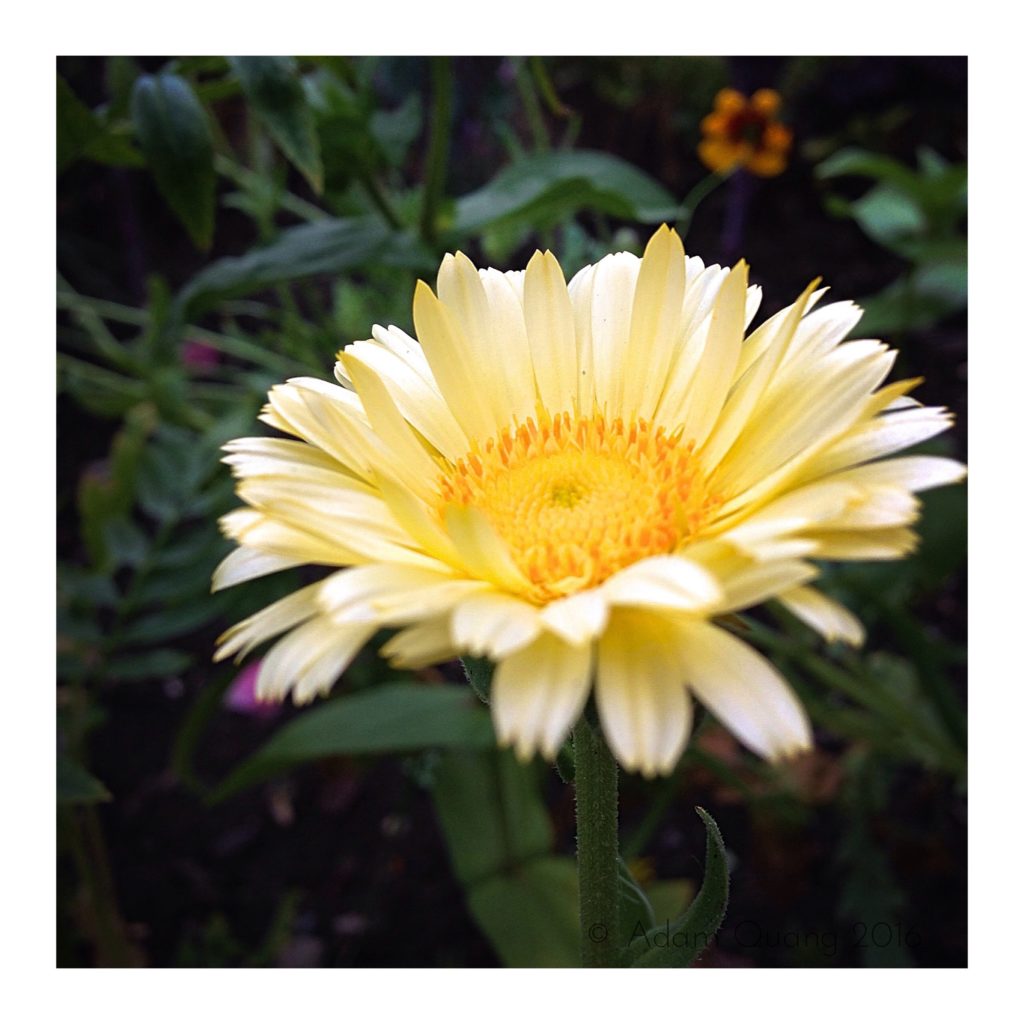- Adam Quang is available for corporate / private wellness program (onsite / offsite)
- Follow @AdamQuang on [ ]
- Home l Press Coverage l Research l Wellness l Testimonial
Researchers in Finland found that urban dwellers who strolled for as little as 20 minutes through an urban park or woodland reported significantly more stress relief than those who strolled in a city centre. University of Tampere / Finland
The influence of urban green environments on stress relief measures: A field experiment / University of Tampere / Finland
- Short-term visits to urban nature areas have positive effects on stress relief.
- Urban park and urban woodland had rather similar positive influence on stress relief.
- Urban woodland has a slightly stronger positive influence on stress relief.
- Time spent in the city centre decreases positive feelings among the participants.
- The salivary cortisol concentration decreases in all urban environments.
This study investigated the psychological (perceived restorativeness, subjective vitality, mood, creativity) and physiological (salivary cortisol concentration) effects of short-term visits to urban nature environments. Seventy-seven participants visited three different types of urban areas; a built-up city centre (as a control environment), an urban park, and urban woodland located in Helsinki, the capital of Finland. Our results show that the large urban park and extensively managed urban woodland had almost the same positive influence, but the overall perceived restorativeness was higher in the woodland after the experiment. The findings suggest that even short-term visits to nature areas have positive effects on perceived stress relief compared to built-up environment. The salivary cortisol level decreased in a similar fashion in all three urban environments during the experiment. The relations between psychological measures and physiological measures, as well as the influence of nature exposure on different groups of people, need to be studied further.
